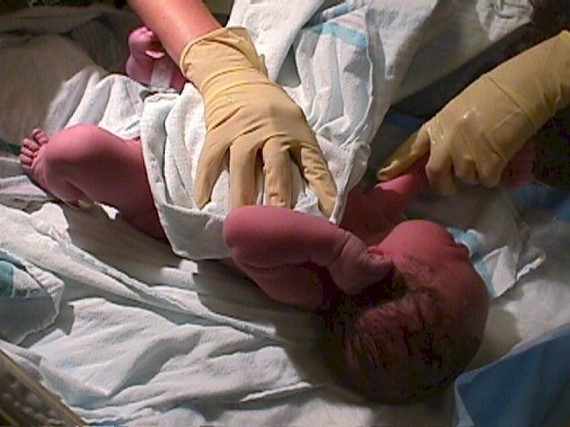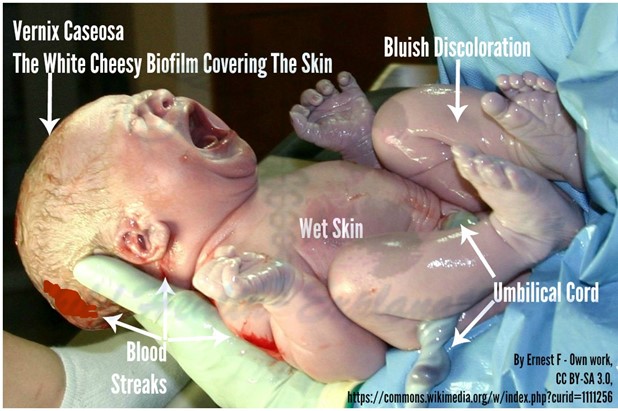The nurse is talking to a parent of an infant with heart failure about feeding the infant. Which statement about feeding the child is correct?
“You may need to increase the caloric density of your infant’s formula.”.
“You should feed your baby every 2 hours.”.
“You may need to increase the amount of formula your infant eats with each feeding.”.
“You should place a nasal oxygen cannula on your infant during and after each feeding.”.
The Correct Answer is A
“You may need to increase the caloric density of your infant’s formula.” This is because infants with heart failure have increased metabolic needs and may not be able to consume enough volume to meet their nutritional requirements. Increasing the caloric density of the formula can help them achieve adequate growth and development without overloading their heart.
Choice B is wrong because feeding the baby every 2 hours may cause fatigue and dehydration. Infants with heart failure should be fed every 3 to 4 hours or on demand.
Choice C is wrong because increasing the amount of formula may cause fluid retention and worsen heart failure. Infants with heart failure should be fed small, frequent amounts of formula.
Choice D is wrong because placing a nasal oxygen cannula on the infant during and after each feeding may not be necessary or beneficial. Oxygen therapy should be prescribed by a physician based on the infant’s oxygen saturation levels and clinical signs of hypoxia.
Nursing Test Bank
Naxlex Comprehensive Predictor Exams
Related Questions
Correct Answer is A
Explanation
Drying the baby after birth and wrapping the baby in a dry blanket

This prevents evaporative heat loss, which occurs when water on the skin surface evaporates and cools the skin. Evaporative heat loss is especially significant in newborns because they are wet at birth and have a large surface area relative to their body mass.
Choice B is wrong because it addresses convective heat loss, which occurs when air currents blow over the skin and carry away heat.
Convective heat loss can be prevented by keeping the baby out of drafts and away from air conditioners.
Choice C is wrong because it addresses radiant heat loss, which occurs when heat radiates from the skin to cooler objects in the environment.
Radiant heat loss can be prevented by placing the baby away from the outside wall and the windows.
Choice D is wrong because it addresses conductive heat loss, which occurs when heat transfers from the skin to cooler objects in contact with the skin.
Conductive heat loss can be prevented by warming the stethoscope and the nurse’s hands before touching the baby.
Normal body temperature for a newborn is 36.5°C to 37.5°C (97.7°F to 99.5°F).
Correct Answer is A
Explanation
Vernix caseosa is a cheese-like, whitish substance that fuses with the epidermis and serves as a protective coating for the newborn.

Some possible explanations for the other choices are:
- Choice B. Surfactant is a protein that lines the alveoli of the infant’s lungs and helps prevent them from collapsing.
- Choice C. Caput succedaneum is a swelling of the tissue over the presenting part of the fetal head caused by pressure during delivery.
- Choice D. Acrocyanosis is a bluish discoloration of the hands and feet due to reduced peripheral circulation.
Normal ranges for vernix caseosa are not applicable as it varies depending on the gestational age and skin maturity of the newborn. However, it is usually more abundant in preterm infants than in term or post-term infants.
Whether you are a student looking to ace your exams or a practicing nurse seeking to enhance your expertise , our nursing education contents will empower you with the confidence and competence to make a difference in the lives of patients and become a respected leader in the healthcare field.
Visit Naxlex, invest in your future and unlock endless possibilities with our unparalleled nursing education contents today
Report Wrong Answer on the Current Question
Do you disagree with the answer? If yes, what is your expected answer? Explain.
Kindly be descriptive with the issue you are facing.
